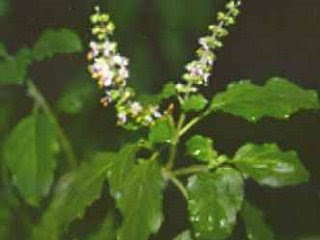
| Kingdom:Plantae Division:Magnoliophyta Class:Magnoliopsida Order:Lamiales Family:Lamiaceae Genus:Ocimum |
Uses, Common,English , Botanical Names ,Scientific classification ,

| Kingdom:Plantae Division:Magnoliophyta Class:Magnoliopsida Order:Lamiales Family:Lamiaceae Genus:Ocimum |

| Kingdom: | Plantae |
| Division: | Magnoliophyta |
| Class: | Magnoliopsida |
| Order: | Gentianales |
| Family: | Apocynaceae |
| Tribe: | Plumeriae |
| Subtribe: | Alstoniinae |
| Genus: | Alstonia |
| Species: | A. scholaris |

| Kingdom: | Plantae |
| Division: | Magnoliophyta |
| Class: | Liliopsida |
| Order: | Zingiberales |
| Family: | Zingiberaceae |
| Subfamily: | Alpinioideae |
| Tribe: | Alpinieae |
| Genus: | Alpinia |
| Species: | A. galanga |



ACORUS CALAMUS
FAMILY :- AREACEAE
INDIAN NAME
Hindi :-Gorabach
Marathi :-Vekhand
Sanskrit :-Bhuta-nasini
Kingdom: Plantae
Division: Magnoliophyta
Class: Liliopsida
Order: Acorales
Family: Acoraceae
Genus: Acorus
Species: A. calamus
NATURE :-A herbaceous plant with long, creeping and much-branched aromatic rhizomes.Flowering shoots supported by a large leaf like structure called spathe. Flowers small, pale-green , in 5-10 cm long cylindric spikes called spadix; fruits yellowish in colour.
MEDICINAL USES The dried rhizomes of the plant constitute the drug Calamus and are used in medicine.
Due to presence of a volatile oil, Calamus acts as a carminative, that is , it relieves flatulence and feelingof overfulness of stomach, and increase appetite.It is considered a household ramedy for an flatulent colic.Due to its essential oil contents, its act as an expectorant, that is ,it promotes flow of bronchial secretions and is useful in diarrhea and dysentery. Calamus also acts as emetic, and larger doeses can causes violent vomiting.
The leaves and rhizomes are also used for flavouring drinks , for for prfumary roots are used as vermifuge. The oil from the rhizome is good nerve-stimulant and the essential-oil-free alcoholic extract show marked sedative and analgesic.The antibacterial activity of the rhizome has recently been shown experimentally.
 Datura stramonium (DATURA)
Datura stramonium (DATURA)
Other species
a poultice of its leaves checks inflammation of breasts caused by excessive formation of milk. The leaves and seeds have similar properties as stamonium.
D.Innoxa mill is an exotic plant , but has run wild in several parts of